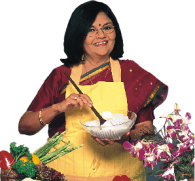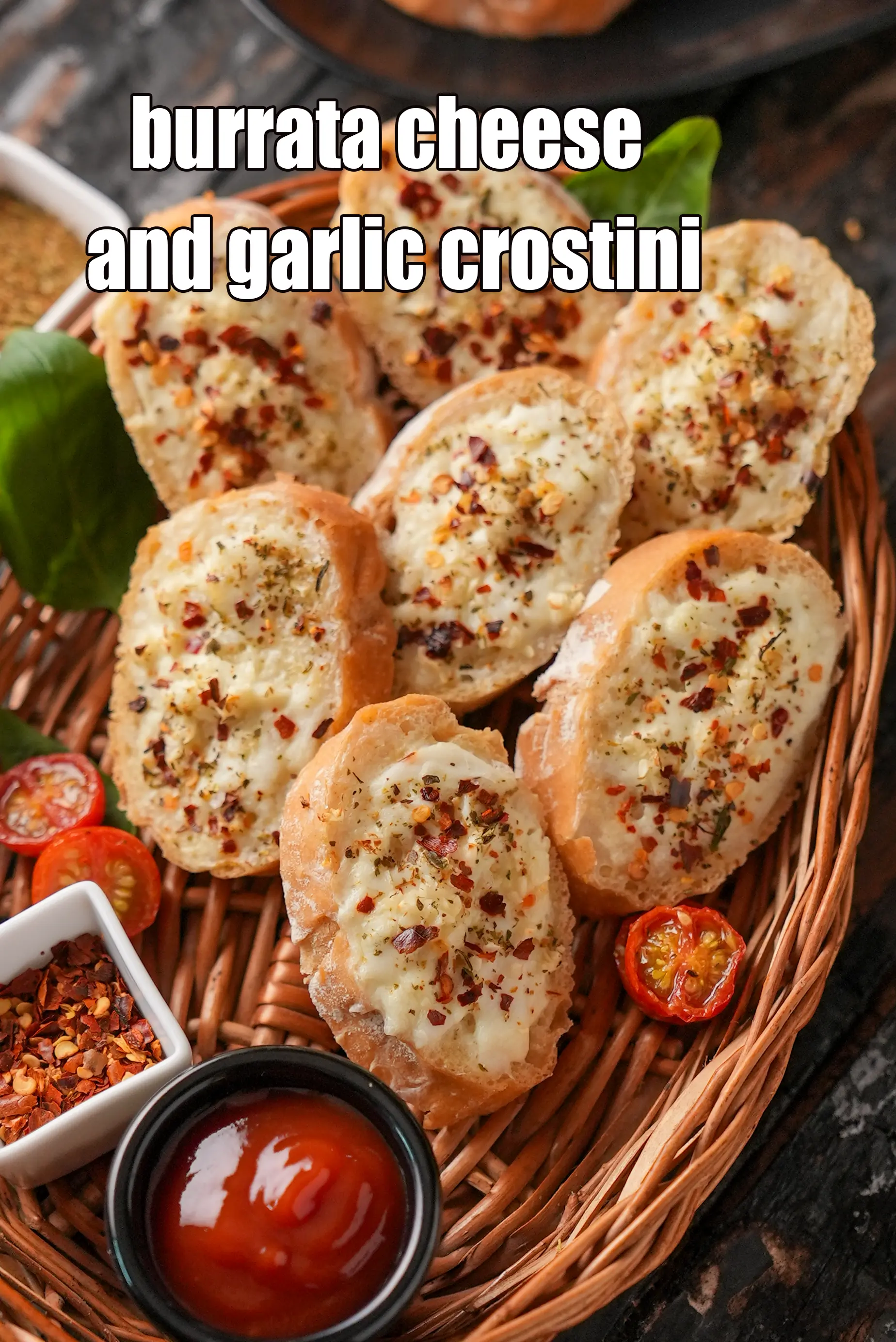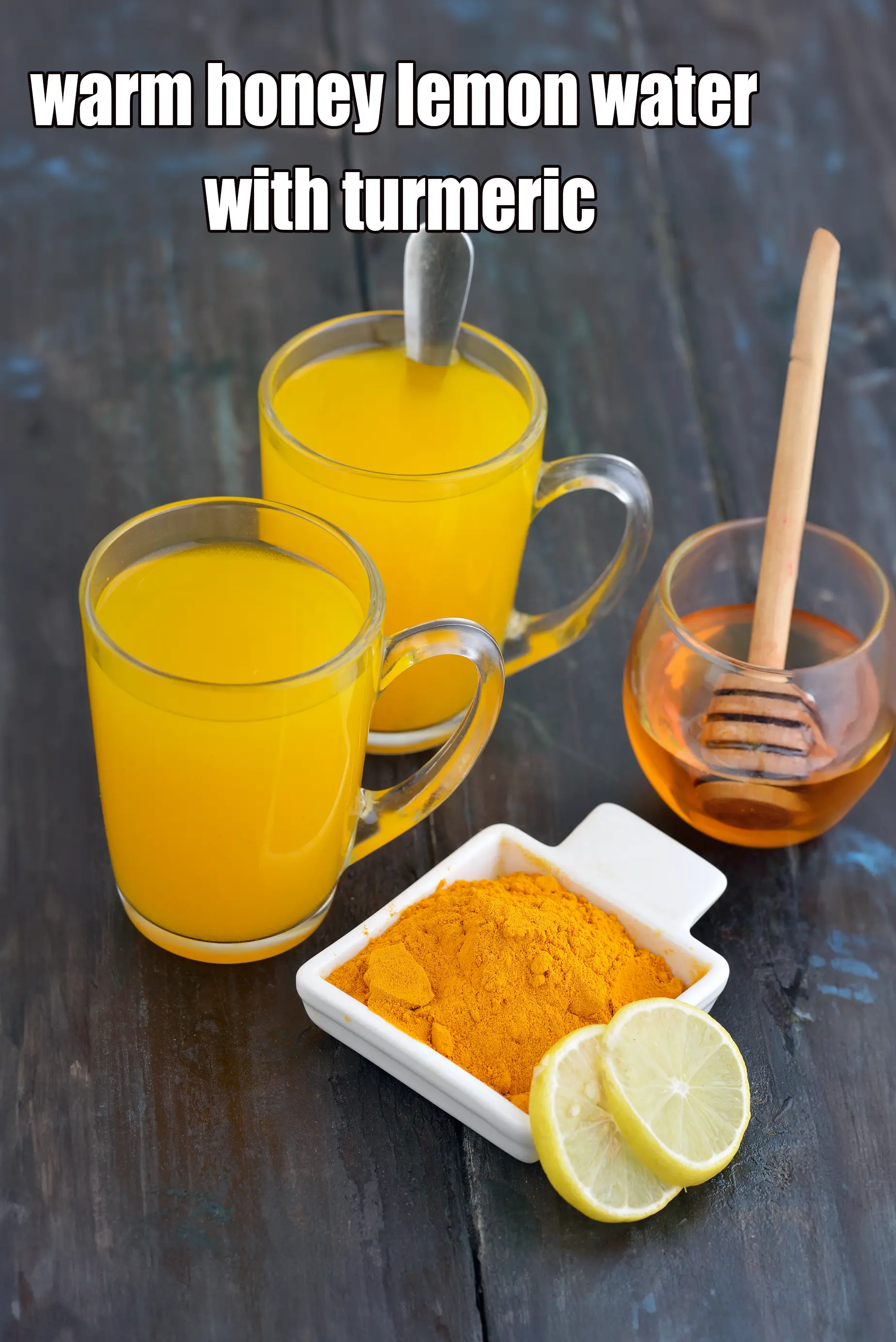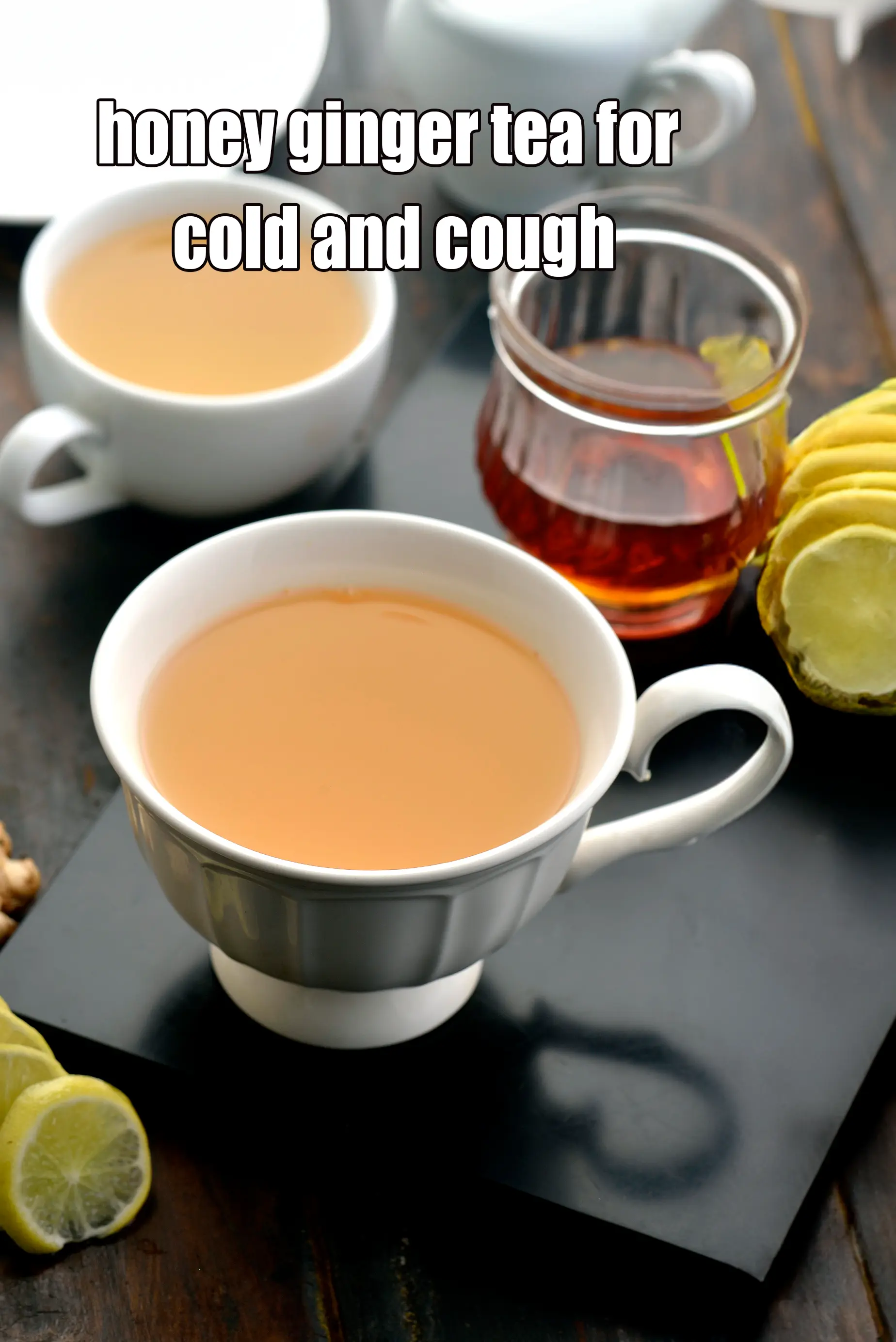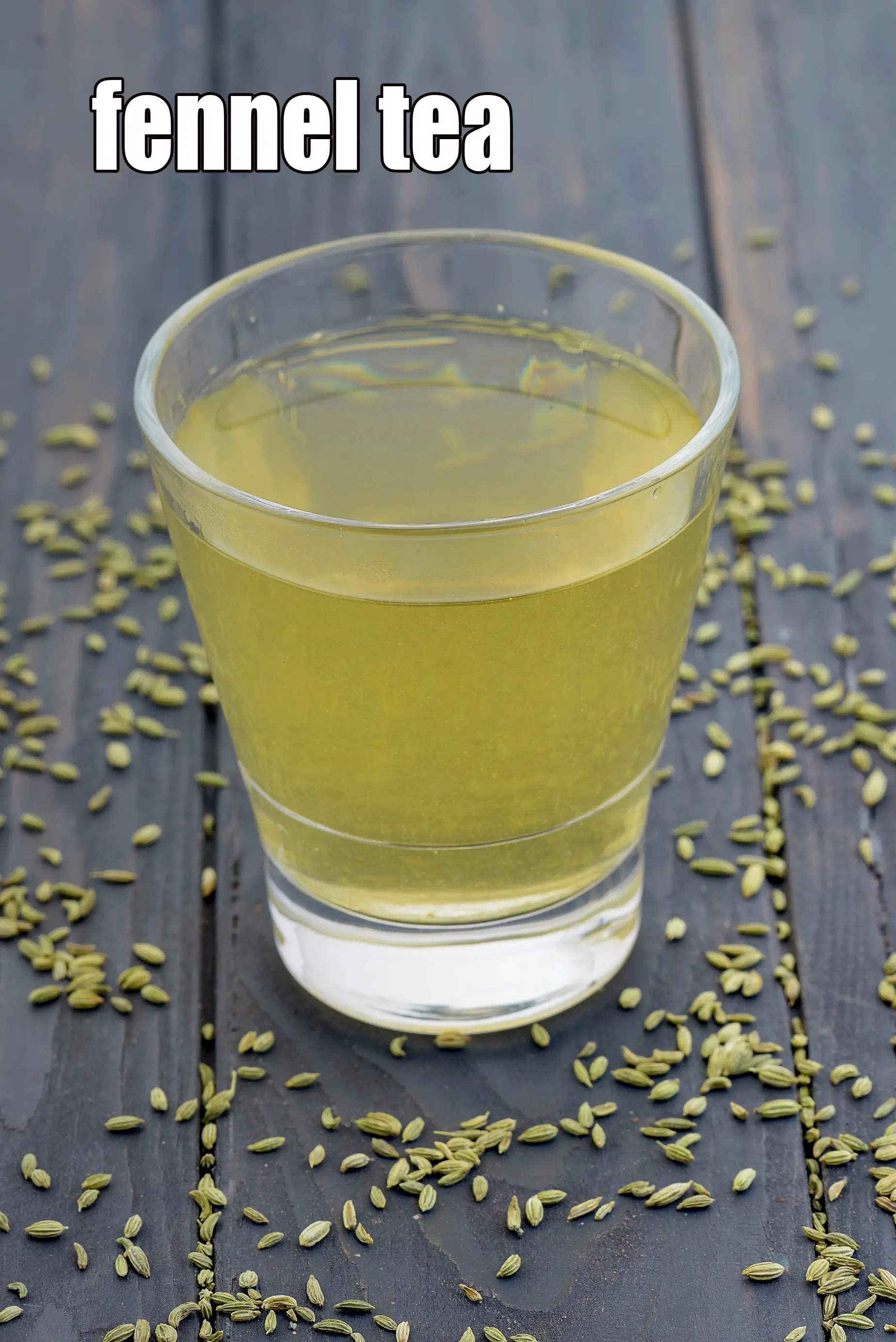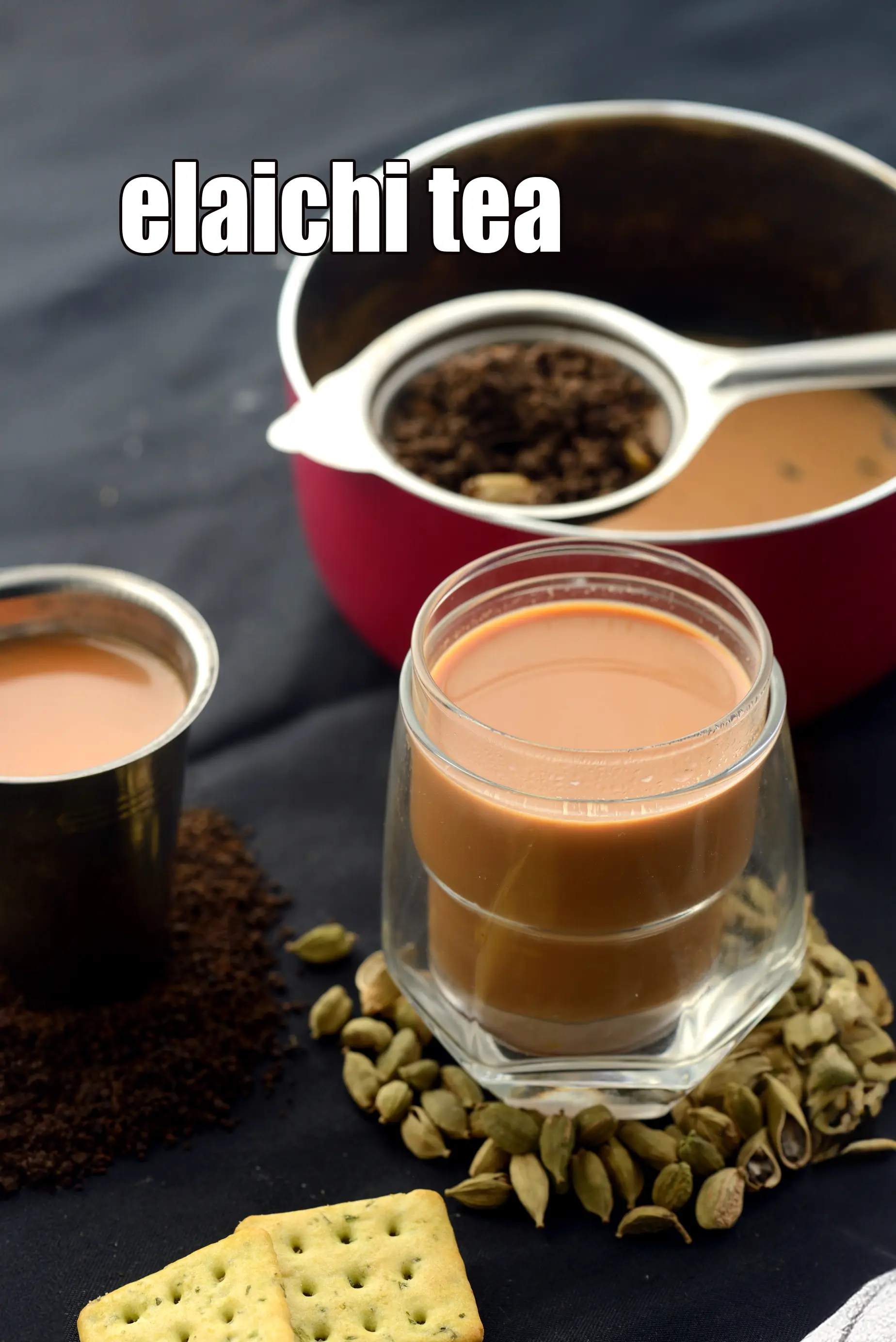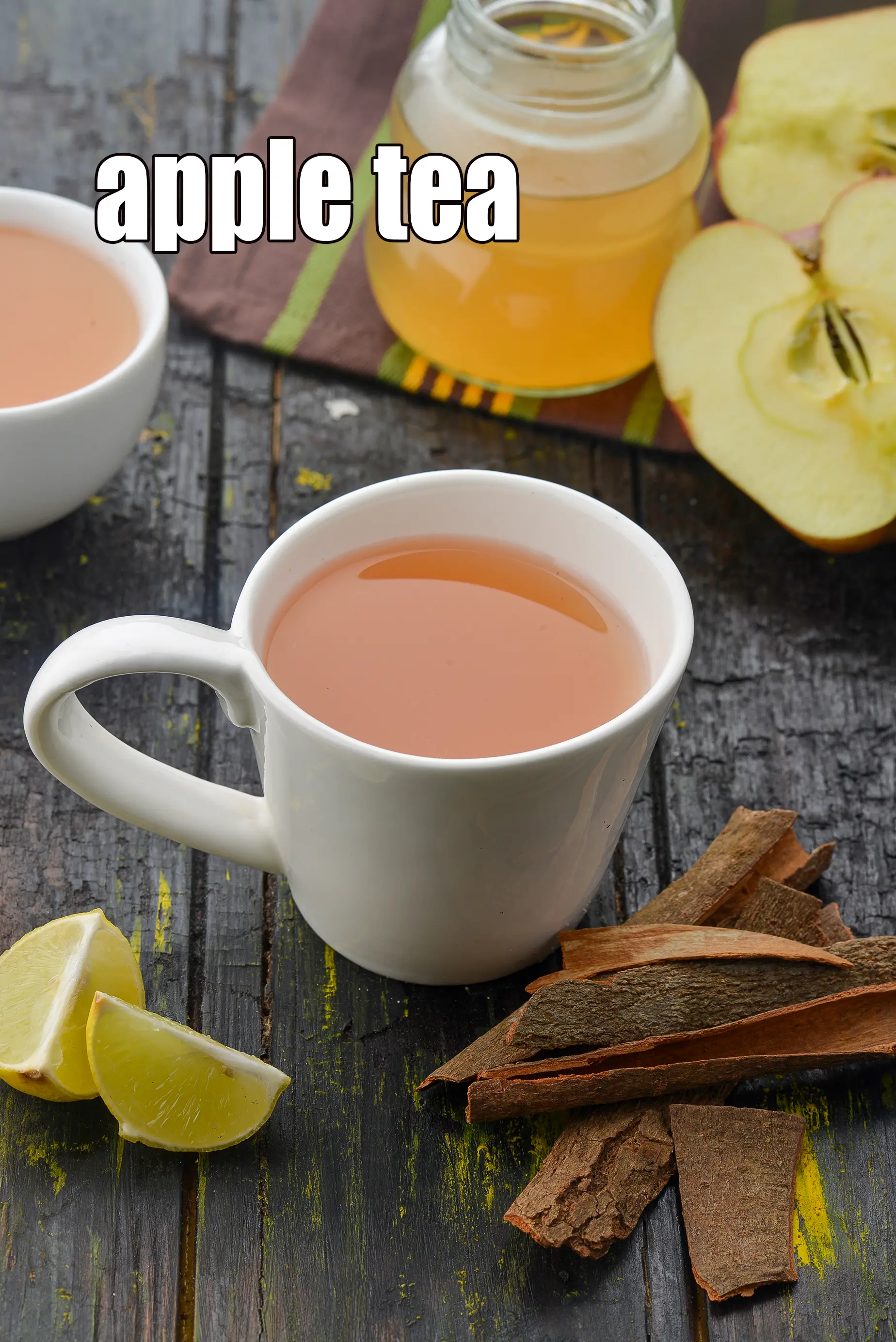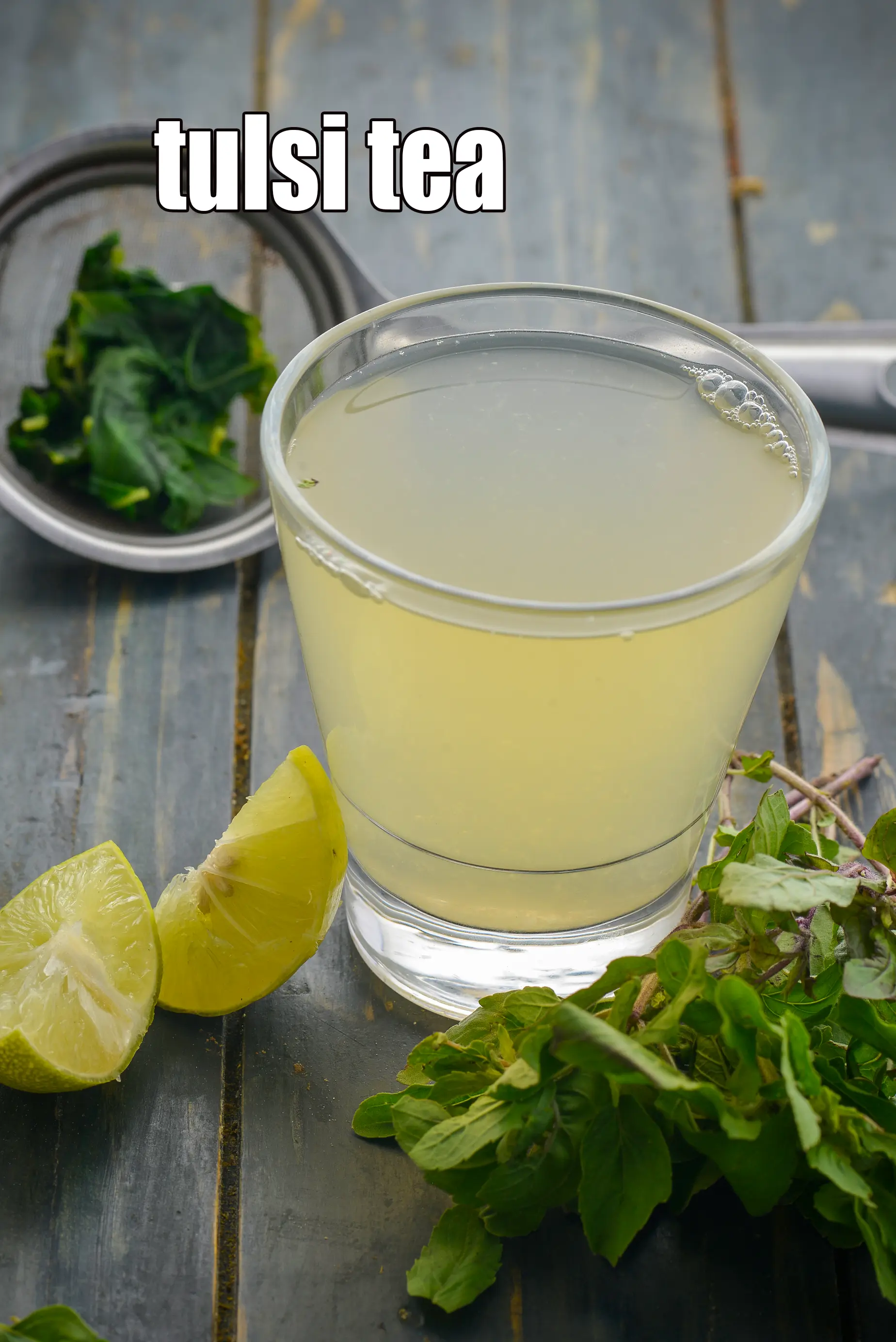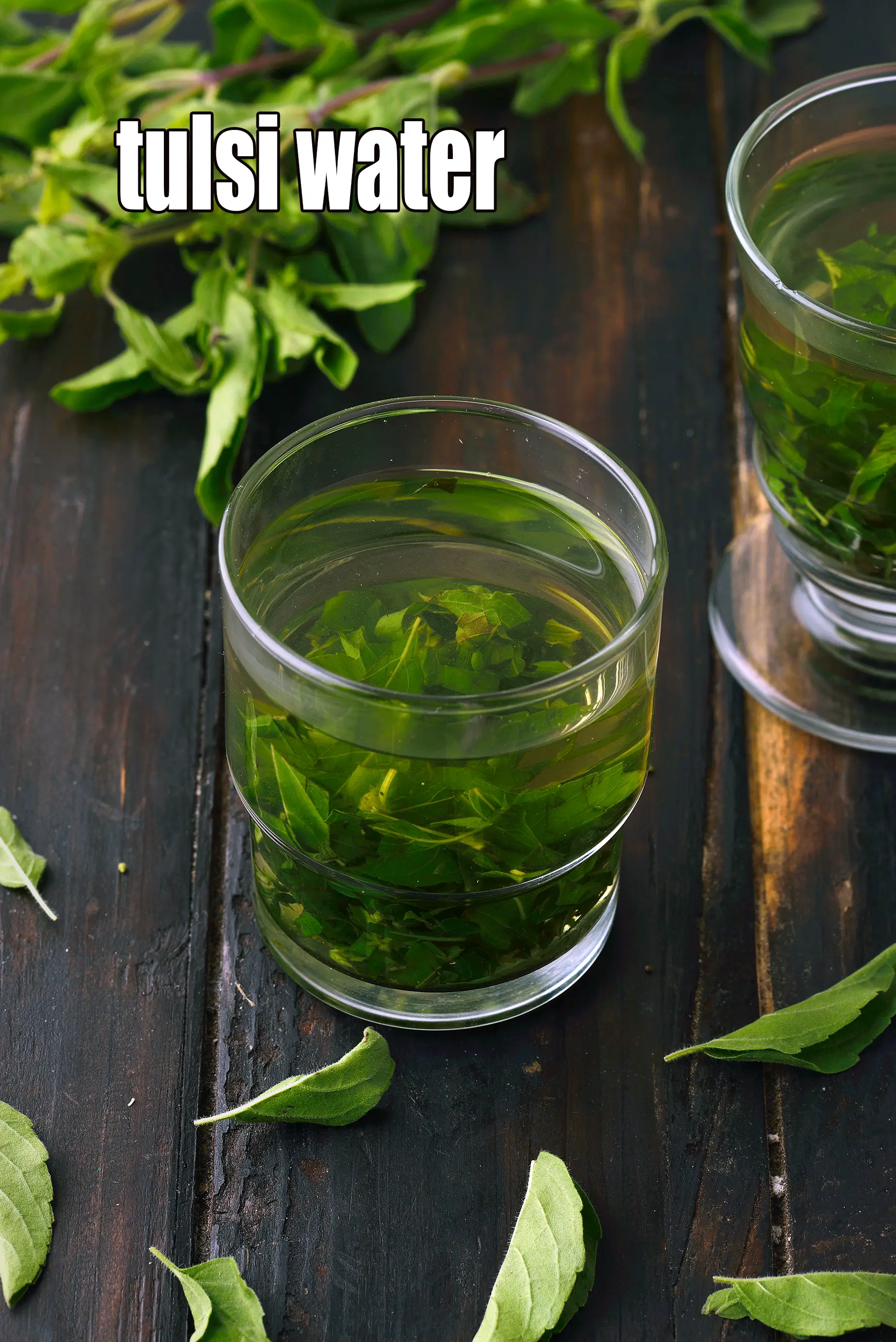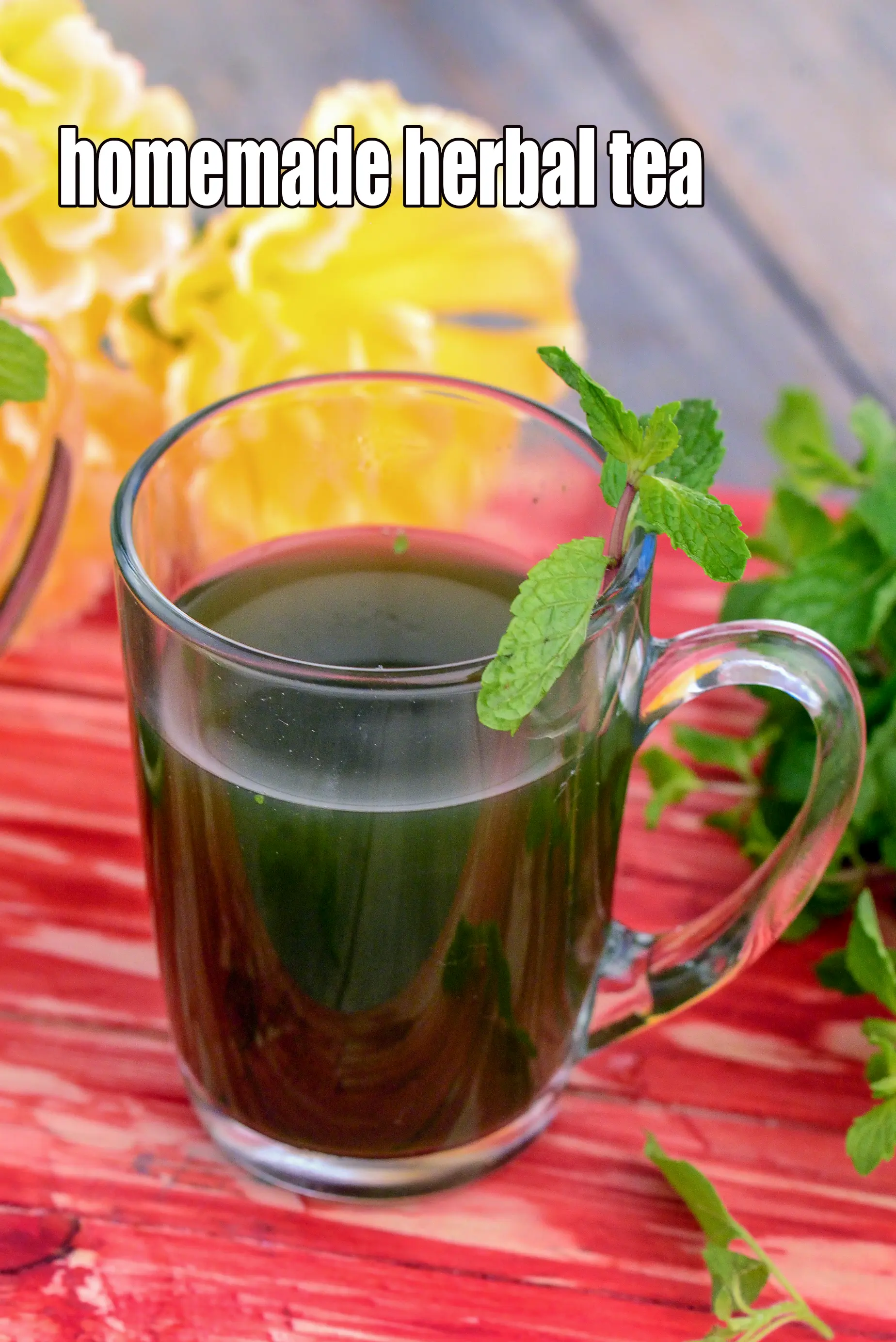Nutritional Facts of Black Eyed Bean Salad, Chawli and Mixed Vegetable Salad, Calories in Black Eyed Bean Salad, Chawli and Mixed Vegetable Salad
This calorie page has been viewed 4690 times
How many calories does one serving of Black Eyed Bean Salad have?
One serving of Black Eyed Bean Salad gives 146 calories. Out of which carbohydrates comprise 99 calories, proteins account for 41 calories and remaining calories come from fat which is 5 calories. One serving of Black Eyed Bean Salad provides about 7 percent of the total daily calorie requirement of a standard adult diet of 2,000 calories.
Click here to view. Black Eyed Bean Salad recipes. Yet another exciting way to include black-eyed beans in your salad, this salad is a sure-shot winner with everybody. It combines cooked chawli beans with crunchy and juicy veggies like capsicum, lettuce, tomatoes and onions.
A squeeze of lemon adds tang to this recipe while a sprinkling of pepper gives it a peppy note of spiciness. The Black-eyed Bean Salad is easy to make, but must be tossed just before serving to enjoy the rhapsody of flavours and textures.
Is Black Eyed Bean Salad healthy?
Yes, this is healthy. But restrictions apply to some.
Let's understand the Ingredients.
What's good.
1. Chawli ( cowpeas, black eyes beans, peas) : Chawli rich in Folate or Vitamin B9 helps your body to produce and maintain new cells, especially red blood cells. Being rich in Thiamine, it helps maintain proper heart function. Chawli benefits in lowering blood pressure as it is rich in the mineral Potassium which controls blood pressure and sustain cardiac health and helps break down carbs. Chawli is high in Fibre and good for diabetics. See detailed benefits of chawli cowpeas.
2. Tomatoes : Tomatoes are extremely rich source of Lycopene. Tomatoes are a powerful antioxidant, super rich in Vitamin C, good for heart. Tomatoes are a Pregnant women's friend and are rich in Folate or Folic Acid which helps your body to produce and maintain new cells, especially red blood cells. Read about 13 amazing benefits of tomatoes.
3. Onions (pyaz, kanda) : Raw onions are a very valuable source of vitamin C – the immune building vitamin. Along with other phytonutrients from onions, it helps to build WBC (white blood cells) which serves as a line of defence against illness. Yes, it’s a source of many antioxidants, the most important one amongst them being Quercetin. The quercetin in Onions promotes production of HDL (good cholesterol) and lowers total cholesterol in the body. The sulphur in onions act as a blood thinner and prevents blood clotting too. This in turn would lower blood pressure and good for heart, diabetics. Read the benefits of onions.
4. Capsicum (Bell Peppers) : Rich in vitamin C, capsicum protect and maintain the lining of the heart. Low glycemic index (40) colourful capsicum are immune boosters. Colourful capsicums are not only visually appealing but also good for your eyes too, as they contain antioxidant Lutein, which protects the eye from cataracts and degeneration of the eye. Capsicum is high in Folate or folic acid, which is important for rapid growth and multiplication of red blood cells and white blood cells in the bone marrow. See detailed benefits of capsicum.
5. Cucumber (Kakdi) : With that high water content, cucumber act as a broom for our system to sweep out harmful toxins from our body. The sterols from cucumber aid in managing blood cholesterol levels well and is diabetic friendly. Low sodium and fair amounts of potassium will help to control blood pressure. Cucumber forms a healthy snack as it's alkaline and a great acidity snack reliever. So you can have it as a snack at work. Better to have it peeled to remove the effects of pesticides. See detailed benefits of cucumber.
6. Lettuce : Lettuce is low in calories and aids in Weight Loss. Being rich in Vitamin C works as an immune building vitamin by way of helping multiply white blood cells (WBC). Lettuce abounds in Vitamin A – Stops Inflammation and Improves Eyesight. Keeps heart healthy and manages diabetes. Rich in Folic acid, one such nutrient which a mother-to-be should start building the reserve of much before conception. See benefits of lettuce.
7. Coriander (kothmir, dhania) : Coriander is a fresh herb often used as a flavour enhancer in Indian cooking. It is mainly used as a garnish. This is the best way to use it - no cooking. This preserves its vitamin C content which helps to build our immunity and bring that sparkle to the skin. The antioxidants vitamin A, vitamin C and the quercetin present in coriander works towards strengthening our immune system. Coriander is a fairly good source of iron and folate – the 2 nutrient which help in the production and maintenance of red blood cells in our blood. Good for reducing cholesterol and good for diabetics. Read 9 benefits of coriander to understand details.
8. Lemon, Lemon Juice : Lemon is a very good source of Vitamin C and thus helps in the production of white blood cells and antibodies in the blood which attacks invading microorganisms, prevents infection and builds immunity. Therefore, Lemon juice is given to prevent common cold. The ascorbic acid in lemon juice helps in absorption of iron from the food. So if you’re iron deficient or have anaemia squeeze a lemon on iron rich recipes. See detailed benefits of lemon, lemon juice.
Can diabetics, heart patients and over weight individuals have Black Eyed Bean Salad?
Yes, this recipe is good for diabetics, heart and weight loss. Chawli rich in Folate or Vitamin B9 helps your body to produce and maintain new cells, especially red blood cells. Being rich in Thiamine, it helps maintain proper heart function. Tomatoes are extremely rich source of Lycopene. Tomatoes are a powerful antioxidant, super rich in Vitamin C, good for heart.
Can healthy individuals have Black Eyed Bean Salad?
Yes. Black Eyed Peas Salad is a protein rich healthy Indain salad which is great to carry to work and can be a one dish meal as there are lots of vegetables in the recipe.
8 Pointers to get healthy on a Indian diet
1. Eat healthy and say yes to good home cooked food. Prefer whole grains like oatmeal, quinoa, buckwheat, barley and healthy flours like bajra flour, jowar flour, quinoa flour, wheat flour etc. rather than refined ones like maida. Have healthy Indian fats like ghee, coconut, coconut oil in your diet.
2. Opt out of junk food, packaged food, deep fried foods. Prefer steamed snacks and other non-fried snacks. Check out some Healthy Indian Snacks. Remember to eat small frequent meals through the day as that will keep you always full and prevent your blood sugar from dropping. By starving your body through some diet, will not help you one bit. In fact, dieting will make you binge on 2 to 3 meals which is not good.
3. Have 4 to 5 servings of vegetables and 2 to 3 servings of fruit is a must. Follow the logic of a vegetable in each main meal of the day and a fruit in-between meals. Check out a few Healthy Indian Soups and Healthy Indian Salads recipes using this food group.
4. Cut down on sugar and salt in your diet and pick honey ( very small amounts) or dates to sweeten your food. Slowly cut the sugar habit as this is not going to happen over night. Sugar is also called white poison. It is a simple carbohydrate with zero nutritional value. On intake, sugar will cause inflammation of the body which will last for many hours. It will spike your blood sugar level and shut down the fat burning process. This also causes high blood sugar levels in your body. The development of prediabetes comes from uncontrolled eating sugar and refined food products for many years and the classic symptom is if you have excess belly fat. This leads to diabetes and further onwards to heart attack, high blood pressure, strokes, impotence and kidney damage.
Salt and blood pressure. Apart from stress and obesity, one of the main reasons for high blood pressure is excessive sodium and salt intake. Most people find it difficult to limit the amount of salt in their cooking, thinking it will affect the taste of their favourite dishes.
This is not true. Bajra and jowar are rich in potassium and critical for those with High Blood Pressure as it lessens the impact of sodium. Eating more Potassium Rich Foods will remove more sodium from your body through urine. So include the basic bajra roti and jowar roti in your daily diet to have with Lower Blood Pressure Subzis Recipes.
5. Befriend a few healthy seeds and nuts like chia seeds, flax seeds, sesame seeds, walnuts and almonds.
6. Sprouts are called ‘living food’. They are high is most nutrients and easy to digest as well. Let them feature in your meals at least thrice a week. Also Read : All Benefits about Sprouts.
7. Exercise 45 minutes every day. No excuse. You can walk fast, run, do weights, play your favourite sport or go to the gym. No activity reduces muscle tissue which will lead to muscke loss and all kinds of problems with that.
8. Sleep early and get up early. Get your body into rhythm and it will function best. Sleep helps your body to recover and makes you look much younger. Also getting good sleep prevent muscle loss.
Black Eyed Bean Salad is high in
1. Fiber : Dietary fiber reduce the risk of heart disease, prevent the spike in blood sugar levels and hence super for diabetics. Consume more fruits, vegetables, moong, oats, matki, whole grains.
2. Vitamin B1 : Vitamin B1 protects nerves, helps in carbohydrate metabolism, prevents heart diseases and helps produce red blood cells.
3. Vitamin C : Vitamin C is a great defence against coughs and colds.
4. Folic Acid : Folic acid is an essential vitamin required throughout pregnancy.
5. Magnesium : Magnesium is required for formation of bones and teeth. helps in the metabolism of calcium and potassium.
6. Phosphorous : Phosphorous works closely with calcium to build bones.
Note : a recipe is deemed high in a Vitamin or mineral if it meets 20% and above the recommended daily allowance based on a 2,000 calorie diet.
How to burn 146 calories that come from Black Eyed Bean Salad?
Walking (6 kmph) = 44 mins
Running (11 kmph) = 15 mins
Cycling (30 kmph) = 19 mins
Swimming (2 kmph) = 25 mins
Note: These values are approximate and calorie burning differs in each individual.
| Energy | 146 cal |
| Protein | 10.2 g |
| Carbohydrates | 24.8 g |
| Fiber | 7.2 g |
| Fat | 0.6 g |
| Cholesterol | 0 mg |
| Vitamin A | 174.2 mcg |
| Vitamin B1 | 0.3 mg |
| Vitamin B2 | 0.1 mg |
| Vitamin B3 | 0.7 mg |
| Vitamin C | 20.3 mg |
| Folic Acid | 61.8 mcg |
| Calcium | 52.6 mg |
| Iron | 3.8 mg |
| Magnesium | 92.2 mg |
| Phosphorus | 178.9 mg |
| Sodium | 15.4 mg |
| Potassium | 528.1 mg |
| Zinc | 1.9 mg |

Click here to view Black Eyed Bean Salad, Chawli and Mixed Vegetable Salad
Calories in other related recipes
